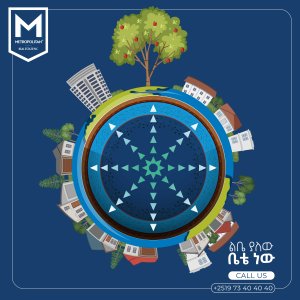APPRAISAL CATEGORIES
RESIDENTIAL AND COMMERCIAL
Residential Appraisals include 1 to 4 family homes, and/or vacant land that could be developed with a single home. There are far more residential appraisals than commercial ones. Typically, a residential appraiser can produce one or more per day. The educational and experience requirements are easier to meet, and an appraiser can become independent in much less time. As in real estate sales, the appraiser tends to work in an area close to home. They prefer a short travel distance and by working close to home, they become familiar with their effective service area.
COMMERCIAL PROPERTY INCLUDES:
- Industrial Buildings
- Apartment Buildings
- Office Buildings
- Shopping Centers
- Mixed-Use Buildings
- Land Zoned for Commercial Use
- Warehouses
TYPES OF APPRAISAL FORMAT REPORTS
Narrative – This report contains the greatest amount of information. It is extremely detailed and the typical “man on the street” should be able to understand the report, follow the logic, and accept the conclusions. Most commercial appraisals are presented in this format. Writing a narrative appraisal is similar to writing a term paper in college.
Form – This is the type of report typically used for residential appraisals, the form is standardized and utilized throughout the industry. Letter – This is not typical and is used only in special circumstances, followed by one of the other report formats in the near future. A lender might use this letter just to schedule a closing date.
Oral – Similar to a letter, a lender or user just wants the value to schedule a closing or to facilitate paper work until the actual written report becomes available.
Basic Valuation Concepts
Value
Technically speaking, a property’s value is defined as the present worth of future benefits arising from the ownership of the property. Unlike many consumers good that are quickly used, the benefits of real property are generally realized over a long period of time. Therefore, an estimate of a property’s value must take into consideration economic and social trends, as well as governmental controls or regulations and environmental conditions that may influence the four elements of value:
- Demand: the desire or need for ownership supported by the financial means to satisfy the desire
- Utility: the ability to satisfy future owners’ desires and needs
- Scarcity: the finite supply of competing properties
- Transferability: the ease with which ownership rights are transferred
Value Versus Cost and Price
Cost refers to actual expenditures – on materials, for example, or labor. Price, on the other hand, is the amount that someone pays for something. While cost and price can affect value, they do not determine value. The sales price of a house might be $150,000, but the value could be significantly higher or lower. For instance, if a new owner finds a serious flaw in the house, such as a faulty foundation, the value of the house could be lower than the price.
Market Value
An appraisal is an opinion or estimate regarding the value of a particular property as of a specific date. Appraisal reports are used by businesses, government agencies, individuals, investors, and mortgage companies when making decisions regarding real estate transactions. Market price, the price at which property actually sells, may not always represent the market value.




